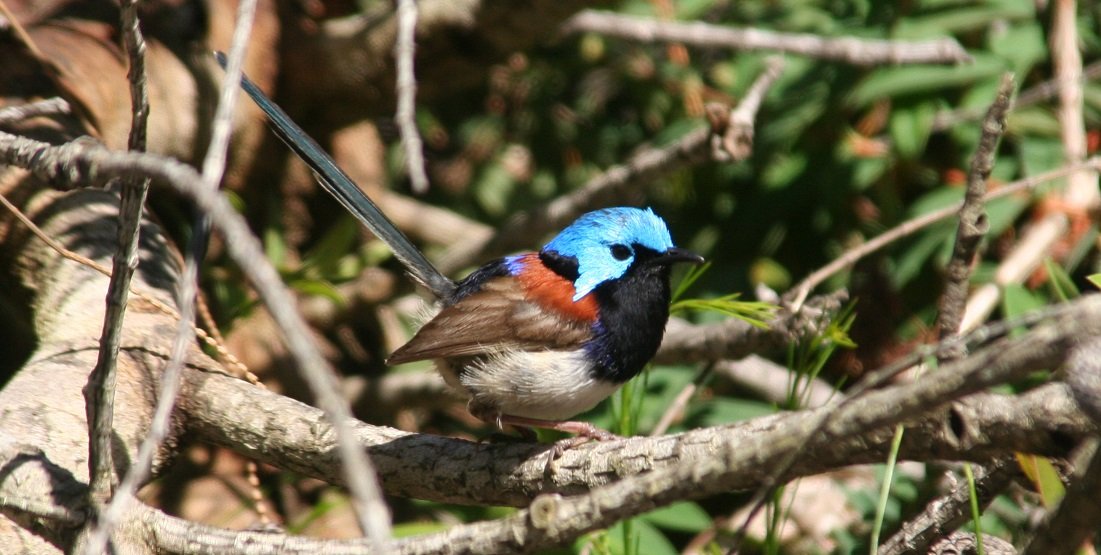
I’m in Sydney for a week of family, birding, diving and enjoying the subtropical climate. Okay, it may not be that hot, but it can’t be worse than Wellington. To celebrate this I thought I’d do a shout out to the great birds of Sydeny. Not the good, hard to find specialties that the Gods of Birding use to reward pious birders for getting up before dawn, but the amazing birds that anyone can see in this city. Birds so good you can’t help but see them unless you try very hard. Sydney is the kind of place that turns people into birders, because it has the types of birds that makes non birders stop and look. And without further ado, I give you….
Rainbow Lorikeet
Everyone loves parrots and these small nectar drinking species are both astonishingly colourful and common. Pass enough flowering shrubs of trees, and Sydney lacks neither, and you’ll see these guys soon enough. Combine this with a piercing call that demands attention, and a tolerance to close inspection that rivals that of island species and you can just about anyone enjoying one of Australia’s most beautiful species with ease.
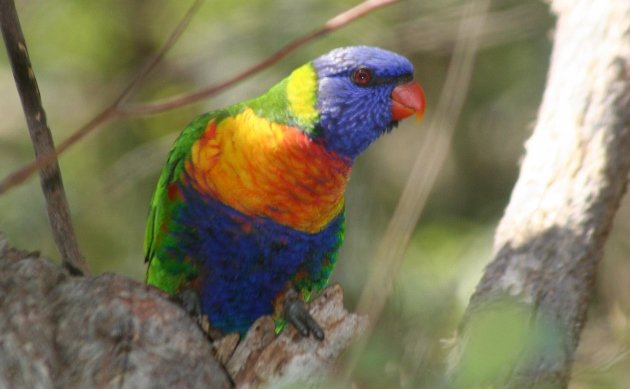 Who’s a pretty boy then? Rainbow Lorikeet.
Who’s a pretty boy then? Rainbow Lorikeet.
Australian Pelican
Many people may claim to find it hard to distinguish a sparrow from an ostrich but in truth everyone knows what a pelican is. Pelicans are exciting birds, so big and weird looking, and kind of exotic if you are from England (I know Americans have lots, but they’re mostly brown because of oil spills or something). Pelicans are common enough near water in Sydney, and sure to be a hit with kids (as long as they aren’t too old and jaded).
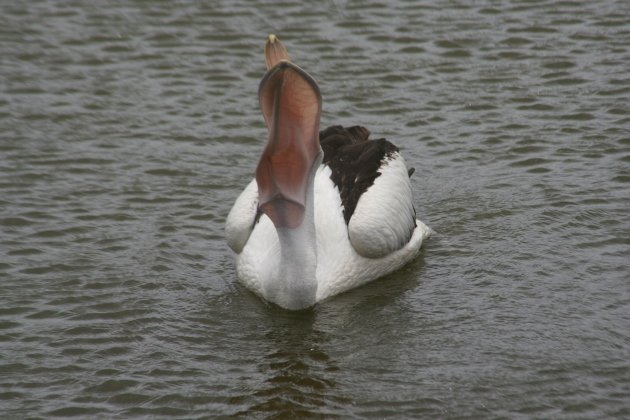 Gobble gobble gobble! Australian Pelican
Gobble gobble gobble! Australian Pelican
Fairy wrens
These may take a five minute walk into some bush, but there are plenty of patches of small bush, and what astonishing gems they are for your trouble. Like the Rainbow Lorikeets they aren’t shy, but they do bounce around a lot. They are very social too, so if you find one you’ll know there are more around. Perhaps the hardest to find on this list for the uninitiated, but if you can convince someone to find them you’re on your way to making them a birder.
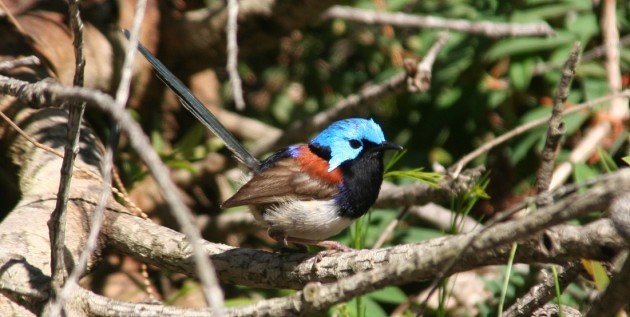 A scrub jewel – A male Variegated Fairy-wren
A scrub jewel – A male Variegated Fairy-wren
Laughing Kookaburra
The definitive sound of the Australian bush is likely to also be the one bird everyone in Sydney hears. They may not be as brightly coloured as other kingfishers around the world, but that evocative call is enough to propel them to cultural icons. And that call also makes it an easy species for beginers to locate and identify.
The Kookaburra laughs and laughs
Blue Penguin
Actually known as Fairy Penguins in Australia, this species can be found attracting attention by the ferry terminal in Manly most nights in the breeding season. Penguins are better known than even pelicans, and are also even better liked, and even the most hardened bird-skeptic will probably leap at the chance to see a wild penguin. So head over to Manly for the waves and bars and check out a penguin on the way home.
Sulphur-crested Cockatoo and Galah
I started with a parrot and the only way to top that is to end with two. Australia is pretty much the only place I know where you can see huge numbers of large parrots in cities, and large numbers of species too. I’ve seen eleven species in Sydney over the years and there a couple more I could get with luck. Galahs and Sulphur-crested Cockatoos are on this list as both common and easy to see species that by virtue of their large size, fearless nature and stunning appearance would be the highlight of any non-birders visit to Sydney if they happened across them.
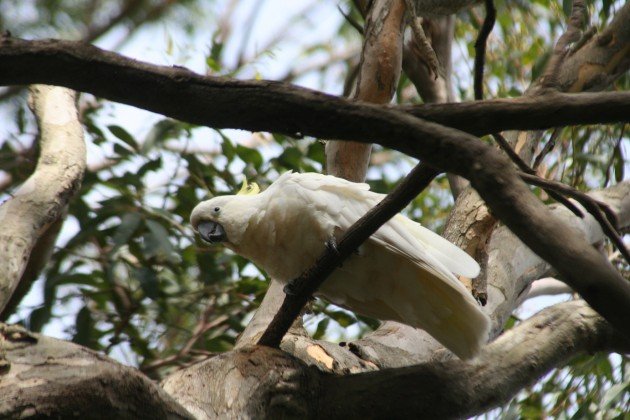 The biggest common parrot you’ll ever see, the Sulphur-crested Cockatoo
The biggest common parrot you’ll ever see, the Sulphur-crested Cockatoo
In summary, Sydney is an easy sell to anyone interested in travel, and Sydney is the dream place to convert your friends and family to birding. So what are you waiting for?

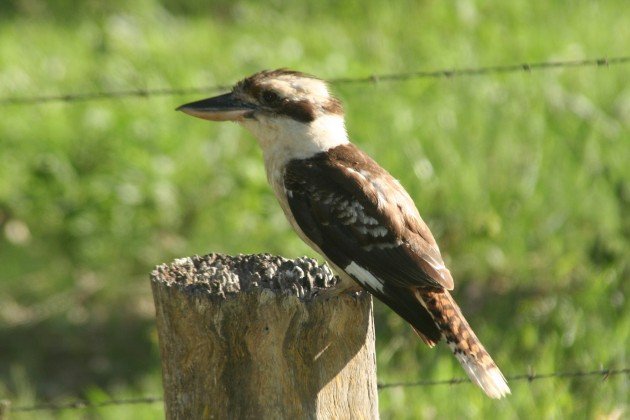
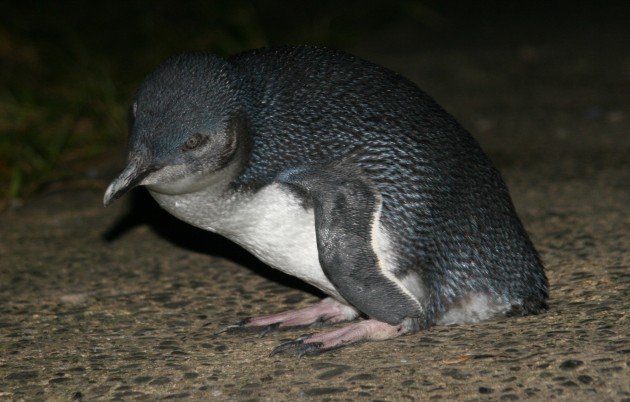
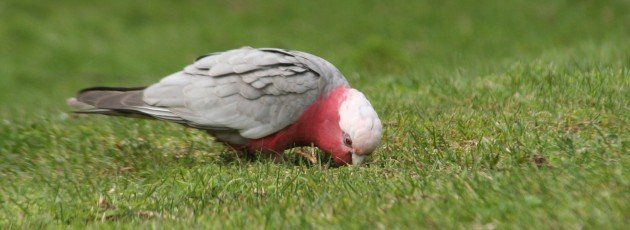










Leave a Comment